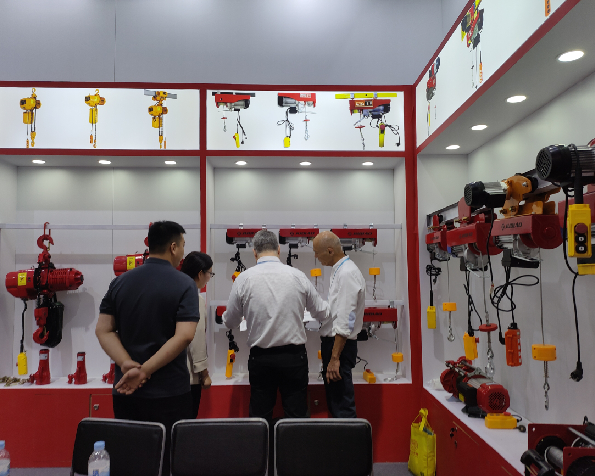


Crane Weight Scales An Essential Tool for Safe and Efficient Lifting Operations
In the world of construction and heavy lifting, accuracy and safety are paramount. One critical tool that contributes to both of these factors is the crane weight scale. These devices not only ensure that loads are within safe lifting limits but also enhance operational efficiency and precision.
Understanding Crane Weight Scales
Crane weight scales are specialized instruments designed to measure the weight of loads being lifted by a crane. They can be integrated into the crane system or used as a standalone device. Typically, these scales utilize load cells, a type of sensor that converts force into an electrical signal. This signal is then processed and displayed digitally, providing operators with real-time weight readings.
Why Weight Measurement Matters
The primary reason for using a crane weight scale is safety. Overloading a crane can lead to catastrophic failures, resulting in equipment damage, injury, or even loss of life. Each crane has a specified load capacity that should never be exceeded. By accurately measuring the weight of the load, operators can ensure they remain within these limits, reducing the risk of accidents.
Moreover, accurate weight measurements can help in planning operations. Knowing the weight of a load allows for better decision-making regarding rigging methods and the type of crane to utilize. This foresight can save time and resources, as operators can prepare adequately for the lifting process.
Types of Crane Weight Scales

There are several types of crane weight scales available, each with its unique features and applications.
1. Digital Load Cells These are compact devices that can be easily attached to lifting mechanisms. They provide precise weight measurements and often come with wireless capabilities, allowing for easy data transfer and monitoring.
2. Weight Indicators These devices display the load weight and can be connected to load cells. Weight indicators often include additional functionalities, such as data logging and printing capabilities, which can be beneficial for record-keeping.
3. Integrated Systems More advanced cranes come with built-in weight measurement systems that automatically calculate and display weights as loads are lifted. These systems may be part of the crane's overall control system, providing operators with seamless integration.
The Future of Crane Weight Measurement
As technology advances, crane weight scales are becoming increasingly sophisticated. The incorporation of IoT technology allows for real-time monitoring and data analysis, enabling proactive maintenance and safety checks. Furthermore, advancements in materials and sensors have made these scales more durable and reliable, catering to the harsh conditions often found on construction sites.
Conclusion
In conclusion, crane weight scales are an indispensable element of modern lifting operations. They not only enhance safety by preventing overloading but also improve operational efficiency by providing critical weight data. As technology continues to evolve, these tools will undoubtedly become even more integral to the construction and heavy lifting industries, ensuring that operations remain safe, efficient, and effective. Investing in reliable crane weight scales is a proactive step toward achieving these goals, underscoring the importance of precision in heavy lifting.



